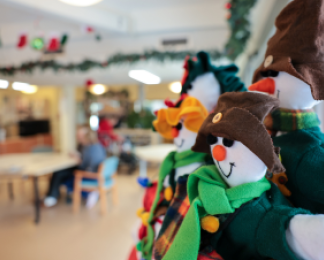A pacemaker is a small device that is placed under the skin beneath the collarbone. Through wires (leads), the pacemaker monitors how fast the heart is beating. If the heart beats below the rate that it should be beating, the pacemaker can take over the role of stimulating the heartbeats for as long as is needed. During the procedure, you will receive medications to keep you comfortable and relaxed. Thin tubes (leads) are inserted through a large vein near your collarbone, and passed into the heart. The leads are connected to a pulse generator (pacemaker) which is implanted in a pouch under the skin below the collarbone. The pulse generator is about the size of a tea bag. It monitors the heart rate and takes over the role of stimulating the heartbeats when necessary.
STAY CONNECTED














